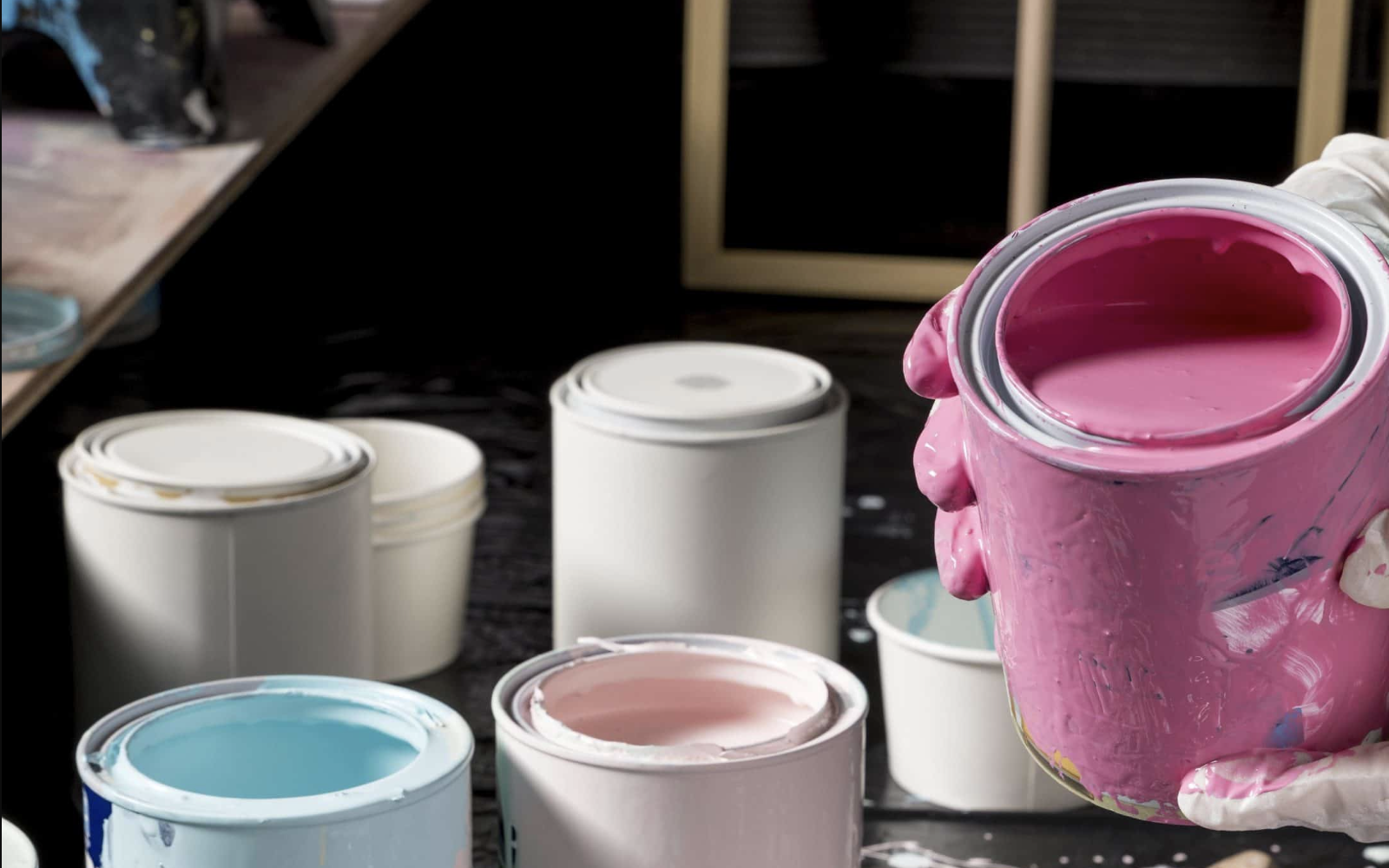
How to Dispose of Paint: A Step-by-Step Guide
Learn how to dispose of paint and keep your community safe with our expert tips and guidelines.Byline: BTB Author
October 8, 2025 / Time to read: 5 minWhether you’ve just completed a reno or refresh, an art project or furniture refinishing, you may find yourself with some extra paint kicking around. Stashing half-empty cans in the garage, basement or shed is common. In fact, roughly
All this excess paint can be problematic if it’s not disposed of in the right way. That’s because water-based paint (in liquid form), oil-based paint and paint in aerosol cans all count as
Keep reading to learn how to dispose of paint in a safe and responsible way.
Why Proper Paint Disposal Matters
In the past, leftover paint was mixed with municipal waste and then discarded in landfills. This process contaminated groundwater with
When paint is disposed of improperly, vegetation may absorb these toxic chemicals from contaminated soil through their roots, impacting the leaves, fruits and seeds people and animals consume. And considering these compounds can be flammable, heat sources such as a carelessly discarded cigarette, a spark from a welder’s torch or even sunlight on a hot day can ignite them.
To help keep toxic chemicals out of the environment, it’s crucial to dispose of paint and related products properly. For larger volumes, a recycling plant or hazardous waste processing facility will stabilize and treat paint, neutralizing its toxic, flammable and reactive compounds. Flammable components can be extracted and recycled into industrial fuel.
How to Dispose of Paint by Type
Paint disposal methods vary depending on the type of paint and container. Non-toxic, water-based paints — such as latex and acrylic — can usually be thrown away with household trash once it’s fully dried. That’s because drying paint neutralizes the hazardous compounds.
Oil-based paints, on the other hand, contain VOCs that cannot be dried or deactivated. That’s why they’re considered hazardous waste and must be taken to a proper disposal facility. Spray paint cans also require special handling.
Here's how to dispose of paint depending on the type of paint and what kind of container its stored in.
Latex and Acrylic Paint
Dry it:
- If only a small amount of paint remains (about 1-2 inches deep), open the lid and allow the paint to dry in the can.
- For larger amounts, you can use a paint hardener. Alternatively, pour the paint into a wide, shallow container so the layer is no more than 1 inch deep. Once that layer fully dries, pour another. Repeat this drying step until you empty the can.
- Always keep open containers of paint away from children and animals.
Throw it in the trash:
- Once the paint is completely dry and hardened, place the can (and any drying containers) in the trash.
- It’s a good idea to leave the lid off to show waste collectors that the paint is dry and safe for disposal.
Oil-Based Paint
Bring it to a collection event or drop-off location:
- Search your area for an upcoming household hazardous waste (HHW) collection day or nearby drop-off locations.
- Check first to confirm they accept oil-based paint and follow all collection guidelines.
Spray Paint
Empty and throw it in the trash:
- Some communities may accept spray paint cans along with other trash. If that’s the case for you, hold down the nozzle and spray until the can is completely empty of both paint and propellant. This step helps prevent the can from exploding during collection and processing.
Bring it to a collection event or drop-off location:
- Many HHW facilities accept spray paint cans.
- Check first to confirm they offer aerosol can recycling and follow all collection guidelines before bringing your paint.
- Note: Partially full or full aerosol cans should be treated and discarded as hazardous waste and, thus, are subject to local, state or federal regulations.
Paint Disposal Tips
Keep these tips in mind when storing or disposing of old paint.
- Never combine leftover paint with other substances.
- Don’t put wet paint in the trash or recycling.
- Never pour paint down drains — indoor or outdoor — including storm drains.
- Always check local regulations since disposal rules can vary by town or region.
How Long Does Paint Last?
Does paint expire? Yes — but the lifespan of paint depends on several factors:
- Type of paint: Oil-based paints generally last longer than water-based and latex paints.
- Whether the container is open or not: Unopened paint lasts longer than opened paint.
- Storage conditions: Paint should be stored in a cool, dry place away from extreme temperatures.
Generally speaking, here’s how long paint lasts:
Unopened paint:
- Oil-based: Up to 15 years
- Water-based: Up to 10 years
Opened paint:
- Properly stored: Several years
- Improperly stored: Significantly shorter lifespan
It’s time to dispose of paint if you notice these signs:
- Chunky or separated texture
- Mold or mildew growth
- Strong, unpleasant odor
- Rust or corrosion on the can
Alternatives to Paint Disposal
Rather than dispose of excess paint, you — or someone else — may be able to reuse it. Here are just a few ideas:
- Refinish a piece of furniture.
- Mix leftover paints to create a custom color for small projects.
- Use as a base coat for a new paint job.
- Donate to community centers, art studios or buy nothing groups.
- Recycle by bringing paint to a
PaintCare drop-off site . - Sell on local marketplace platforms like Facebook and Contractor Supply Exchange.
We’re Here to Help with HHW
Have leftover paint or other hazardous household items? We can help you identify and safely dispose of them. To learn more, visit our
